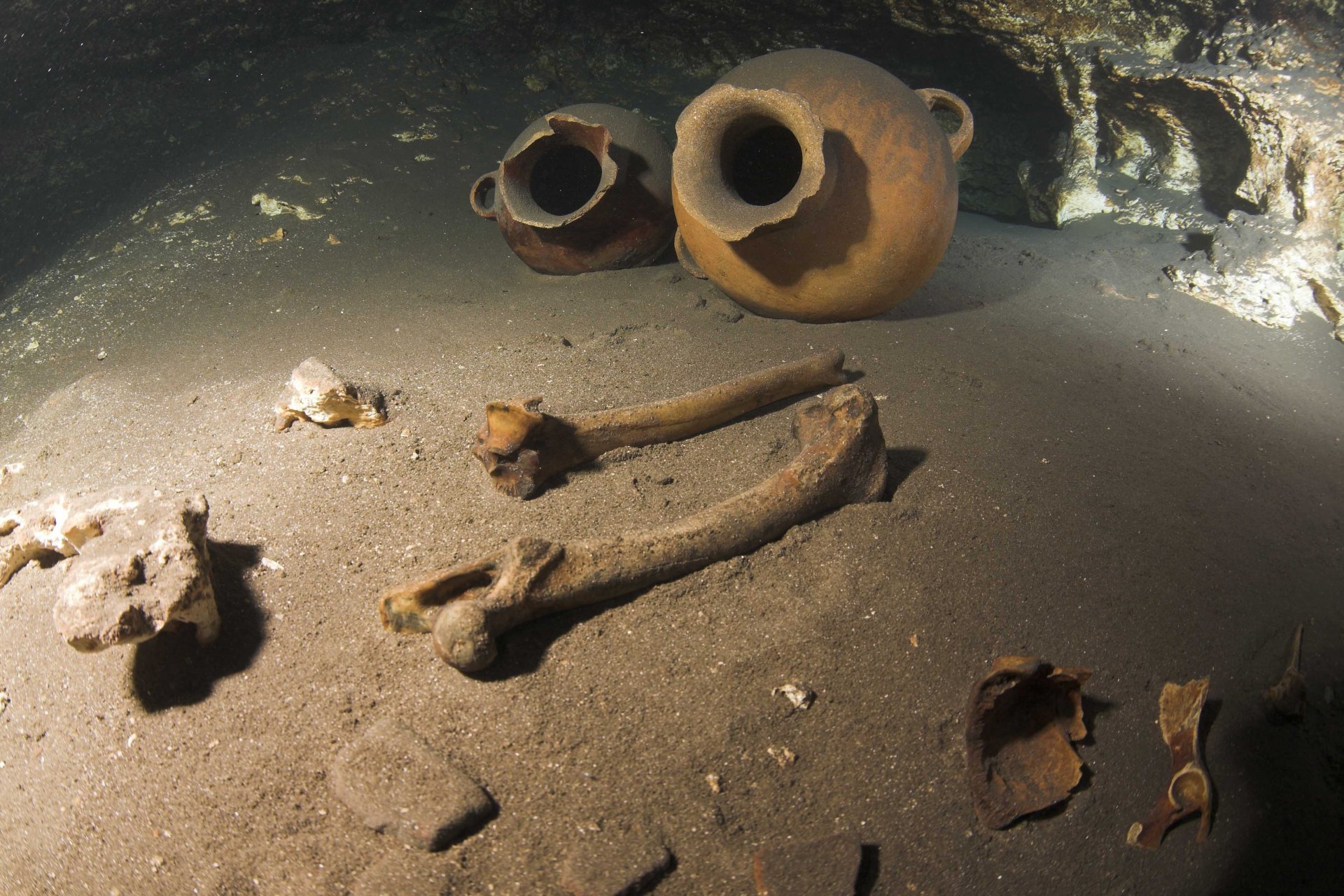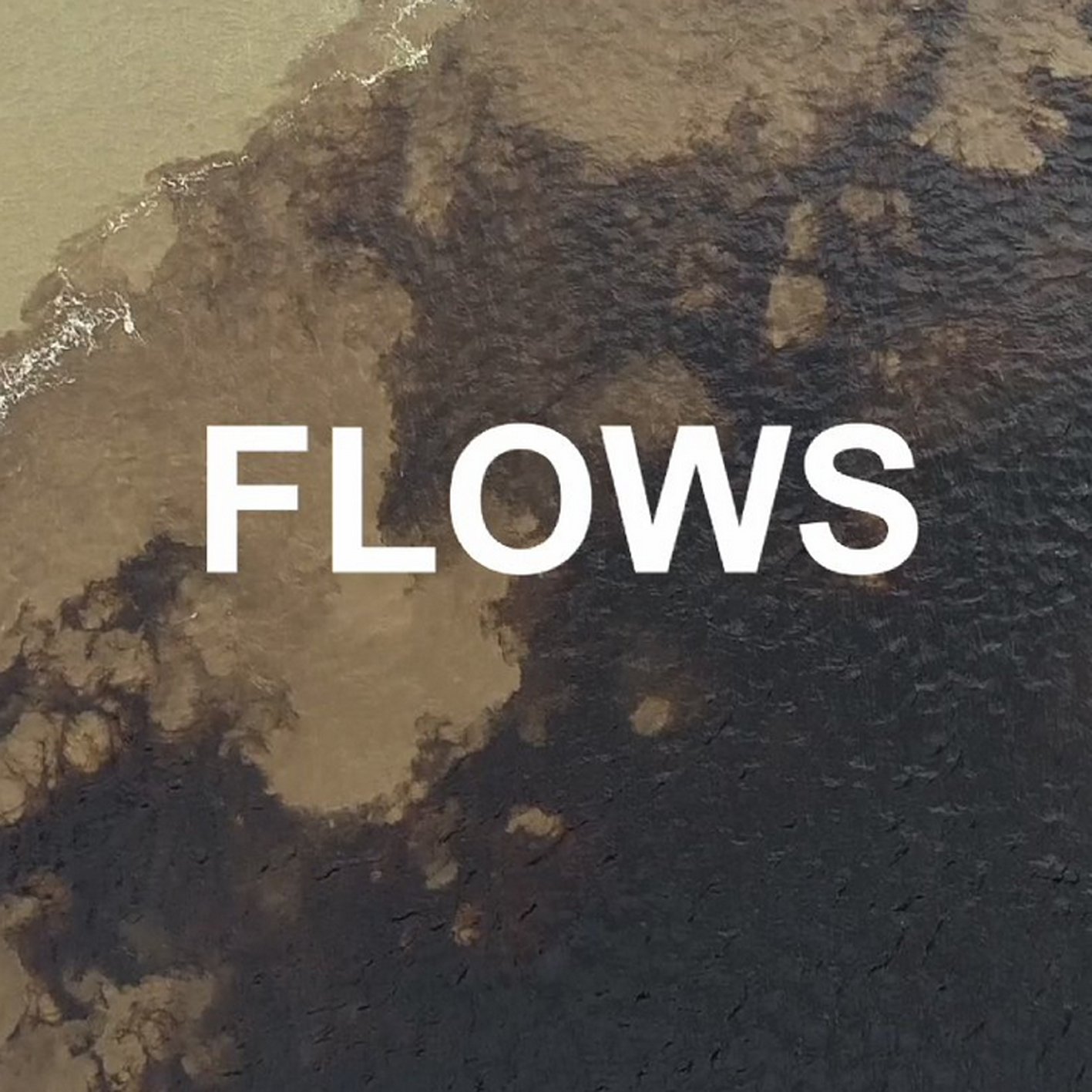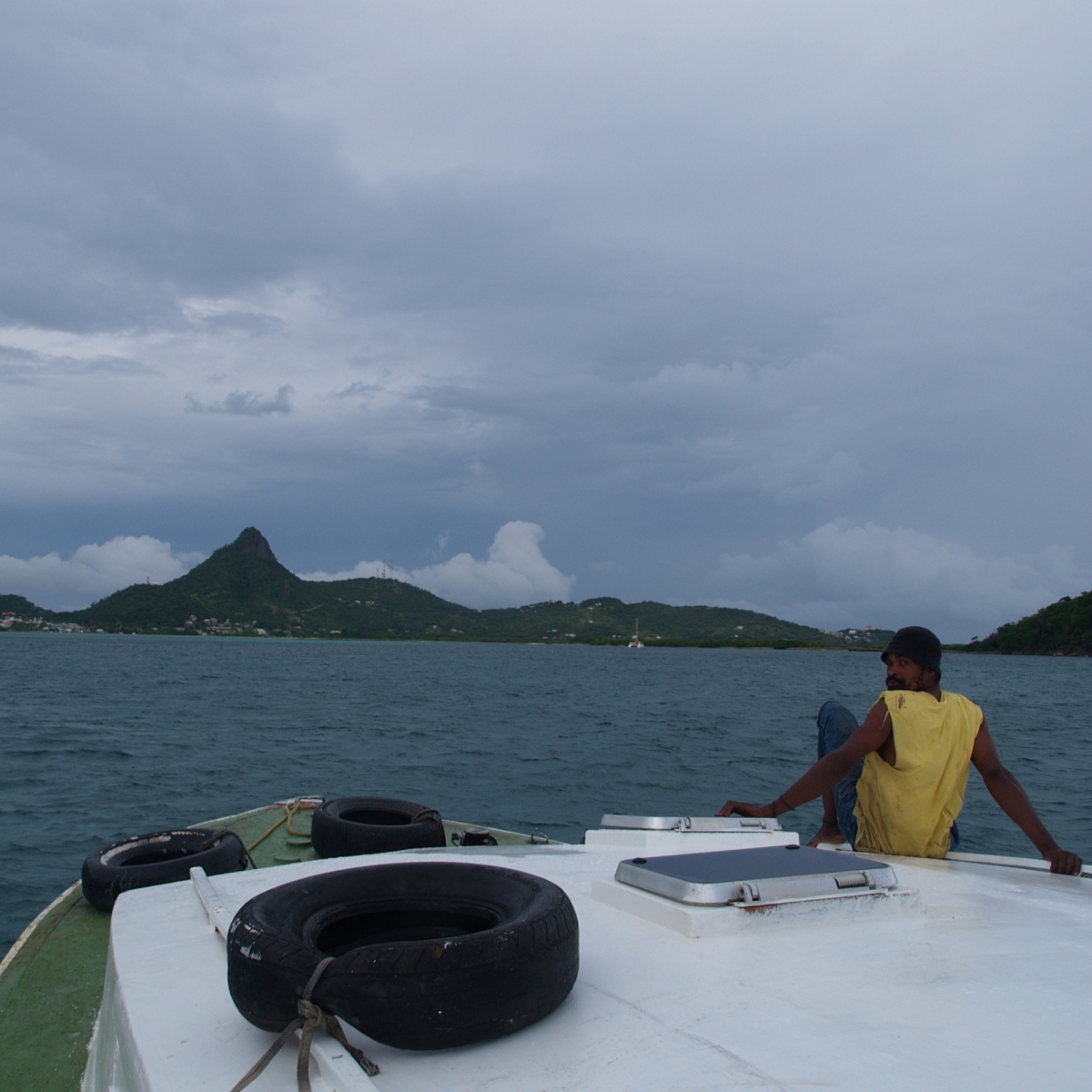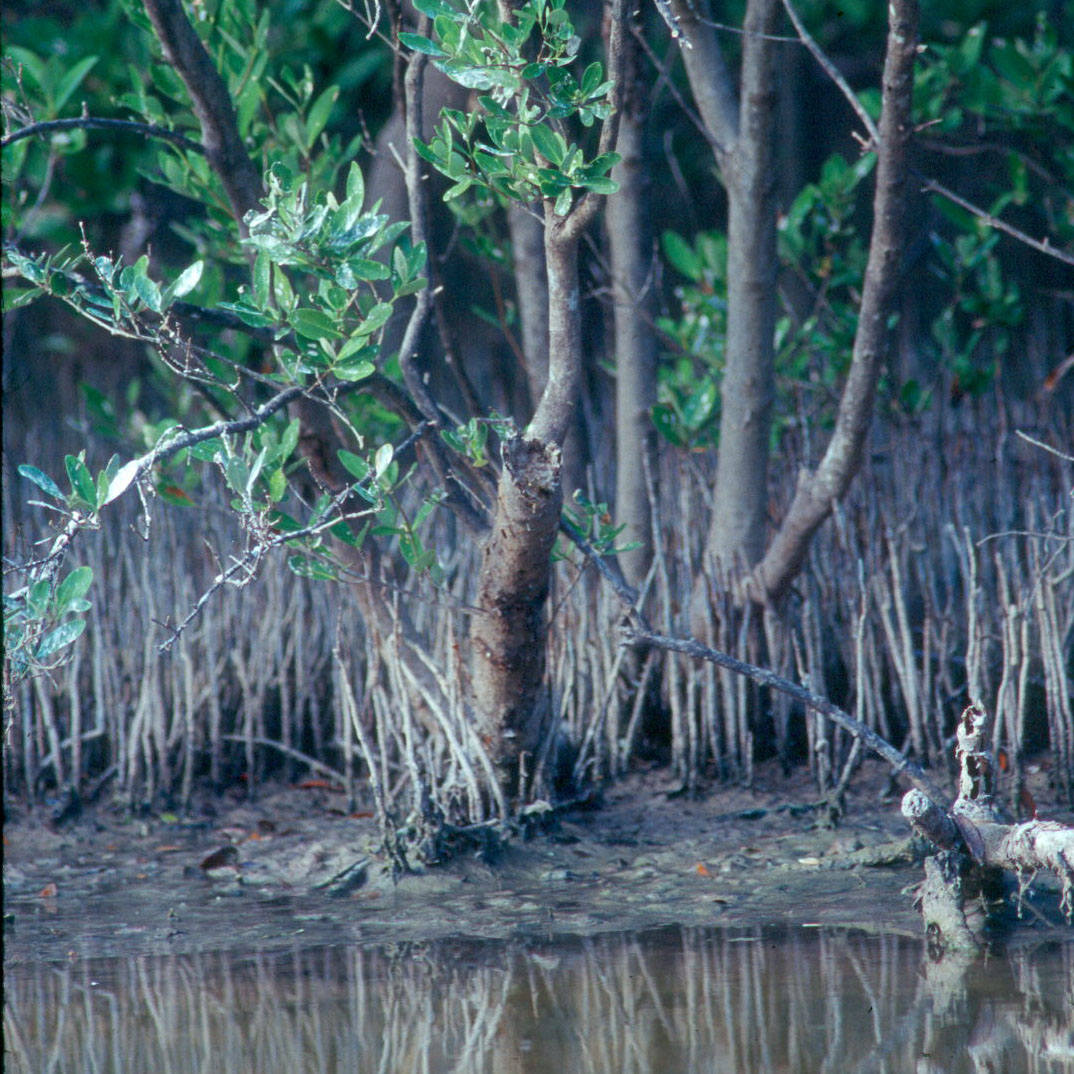Exploring Yucatan's aquifer
Shot over the course of five months in and around Tulum, in the Mexican state of Quintana Roo, Flows leads viewers on a journey never before taken, exploring the aquifer beneath the Yucatan Peninsula and investigating the links between a number of beautiful and unique aquatic environments.
Through land, air and sea, director Klaus Thymann takes us down over a kilometre into a submerged cave system, to see, amongst other things, the incredible reflective mirage, where salt and freshwater meet, unmixed, resembling an ethereal divide.
Throughout the film, viewers take in coral and barrier reefs, aquatic animal species, an expansive underwater river system, the Sian Ka’an Marine Reserve, tropical mangrove forests and open ocean, masterfully juxtaposed with the tangible challenges of an ever-growing tourism industry, encroaching construction, unsustainable development and related corruption.
Whilst candid and visually stunning, Flows challenges the concept of the ecosystem, considering water as one sole, unified entity and underlining the importance of saving, and protecting, all bodies of water.
Director, Klaus Thymann on Flows:
“Flows actually came from a feature I did for The Guardian, where I was joining the dots so to say, showing the connections between the various so-called ecosystems on the Yucatan Peninsula. This brought the idea about to talk of water as one unity and not separate units.
The fact that there are very big Marine Protected Areas being announced is great, but, in my view, we need to include the inland underground rivers, too. This is what Flows is about.”
Produced in association with The Lighthouse Foundation, Flows is written and directed by Klaus Thymann, with the participation of key figures in the conservation and protection of the Mexican coast and featuring music by Radiohead’s Thom Yorke.
Flows leads you on a journey never before taken, exploring the aquifer on the
Yucatan Peninsula in Mexico. Flows will show you unique footage from the air and
underwater, taking you more than a kilometre into a submerged cave system to
see the incredible mirror mirage where salt and fresh water meets and much
more. Music in Flows is by Thom Yorke.
The film provides a diverse mix of visually stunning scenes including coral and
barrier reefs, aquatic animal species, the expansive underwater river system, Sian
Ka’an Marine Reserve, tropical mangrove forests, and the ocean juxtaposed with
the challenges of construction, tourism, unsustainable development and
corruption.
The cenotes of Yucatan
A gigantic network of passages, canals, fissures and caverns runs through the limestone soil of the Yucatan Peninsula in Eastern Mexico. Experts consider it to be the world’s largest continuous cave system. It stretches over hundreds of kilometres – even until today, nobody knows exactly how long it is.
Falling sea levels during the ice age exposed the carbonate rock layer, causing intensive karstification and weathering processes, such as dissolving, of the rock below the surface to begin. Karstification also explains why there are almost no rivers or lakes in the northern part of the peninsula. Precipitation drainage in the area mainly takes place underground through an extensive cave system. On the surface, however, the karst nature of the landscape is visible from a great distance due to numerous shaft-like sinkholes in the ceilings of limestone caves – the so-called “cenotes”. The term is derived from the Mayan word “ts`onot”, which means “sacred well”. The streams of water flowing underground are accessible by means of these cenotes. Over 3,000 cenotes can be found in Yucatan, which were already of great significance for people during prehistoric times.
Fire sites and human bones, discovered by underwater archaeologists during dives in the vast expanse of labyrinths, testify to this fact. The age of the charcoal remains of these fires was determined to be 8,400 years. This caused the previously estimated date of arrival of the first immigrants to the peninsula to be moved considerably further forward.
An open fire in the caves was quite possible at that time, as sea level was approximately 65 metres lower than today. The underground labyrinth, therefore, previously formed by rainwater runoff, was dry in the past, as the stalactites and stalagmites in the crystal clear water show today. After the end of the last ice age, the glaciers melted and water flooded the caves, preserving the relicts of the past. The temperature in the caves was a constant 26 degrees, the water current was weak and it was completely dark.
The water level of the cenotes was high, even during the classical Maya period, as this level is dependent on the sea level. The cenotes were essential to the Mayan people for survival, as Yucatan has very few notable rivers. They did not only derive their drinking water from the cenotes, however. They also threw offerings for their gods – both dead and alive - into the deep holes. Over 120 human skeletons were found in one cenote – the largest cenote in the town of Chichén Itzá.




